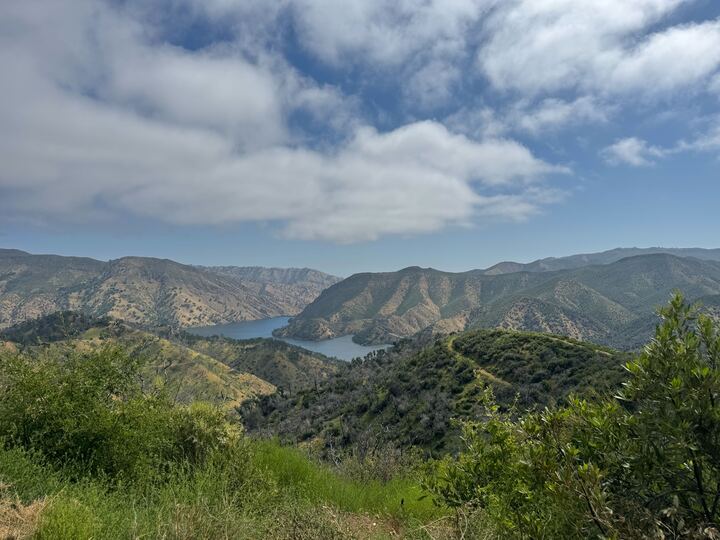Section A: Asking butterflies "what that tongue do?"
Where have we been?
After abandoning the flower feeding angle of our project (shout out to all our wonderful fake flower makers!), the gang decided to go all in on proboscis rinses. After probing the pipeline swallowtails on Monday we received wonderful news throughout the week that our samples were growing both yeast and bacteria colonies. Lots of nasty stuff. Hopefully we can parlay this project into a funded venture for butterfly mouthwash.
What did we do?
The plan for today was to split into a few different groups to catch cabbage whites out at the Davis wetlands, catch pipevines at the arboretum, and to count colonies on our growth plates. Adding cabbage whites gives us another species to look at albeit from a completely different location than our pipevines. Could still be quite cool!
Minutes:
Perhaps most important was around 10:50 am when Adrian found out he was the blogger for today. Unfortunately, I didn't take too many notes on the schedule for the day. Here's a rough sketch.
9 am: Cabbage white butterfly hunting team (Adrian, Chloe, Courtney, Manu, and Joe) left campus towards the Davis wetlands.
9:30 am: Adrian tells Manu to turn right on the wrong road and we end up being stopped by road work and having to flip around.
10:00 am: Cabbage white team makes it to the wetlands after spotting a deer and jackrabbits, spilling some coffee, and snacking on some blueberries.
Presumably this was when the arboretum team and microbes team split up to work on their activities.
10:30 am: Chloe gets juked out by a cabbage white with all the moves, Courtney saves this blog by being the only person to remember to take photos, and Adrian and Joe both set a new record for 4 butterflies caught in one net at the same time.
10:45 am: Team cabbage whites heads back to campus after catching a measly 61 butterflies. By the time we arrived to the parking lot on campus, we spotted the Arboretum team heading back as well. They caught a single swallowtail but boy she was a beauty.
11:00 am: With everyone back in the classroom, along with a special guest paparazzo, we formed an assembly line to sex each butterfly, take data on their wing condition, and perform the proboscis dip. With so many butterflies, this ended up taking about an extra hour after class. Shout out to those who stayed and to people who stepped up to take over roles!
12:50 pm: With most butterflies processed at this point, Cameron, Sai, and Grace stuck around even longer to start plating our new proboscis rinses. Adrian consolidated our data sheets so everything is in one file for when data analysis begins (thank me later!).
Where are we headed?
Reminders
- Make sure to keep filling out your weekly reflections!
- Start working on writing your paper now! The introduction can be written now and with our very clear plan on focusing on the proboscis rinse data, the methods can also be written now. If anyone has protocols to share, please make sure to do so. If protocols still need to be written, get to working on it!
- Start thinking about data analysis! We will have data on the species, sex, wing condition, and microbe counts for each butterfly. Think about what relationships you want to test and maybe even start writing the code. Save a copy of the data sheet to your computer, fill out the missing info with simulated numbers and go ahead and start working on it in R so you're ready once the actual data is generated! There are functions in R to simulate data but you can also just put random numbers. Just make sure not to edit the actual data sheet for everyone!!!
- We have a full week before our next class but that doesn't mean you don't have anything to do. Along with what I've written above, microbes team will be working on counting more plates and it would be ideal to get a group together soon for one more round of catching pipevines and getting them rinsed. I'll see you in the slack for organizing that trip!













Comments
Post a Comment